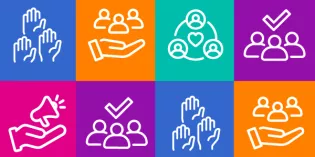Resource
Child protection medical examination for young people aged 16-18 years - position statement
This position statement aims to clarify the role of paediatricians and provide advice for commissioners in relation to the provision of child protection/safeguarding health services for children aged 16-18 years.










